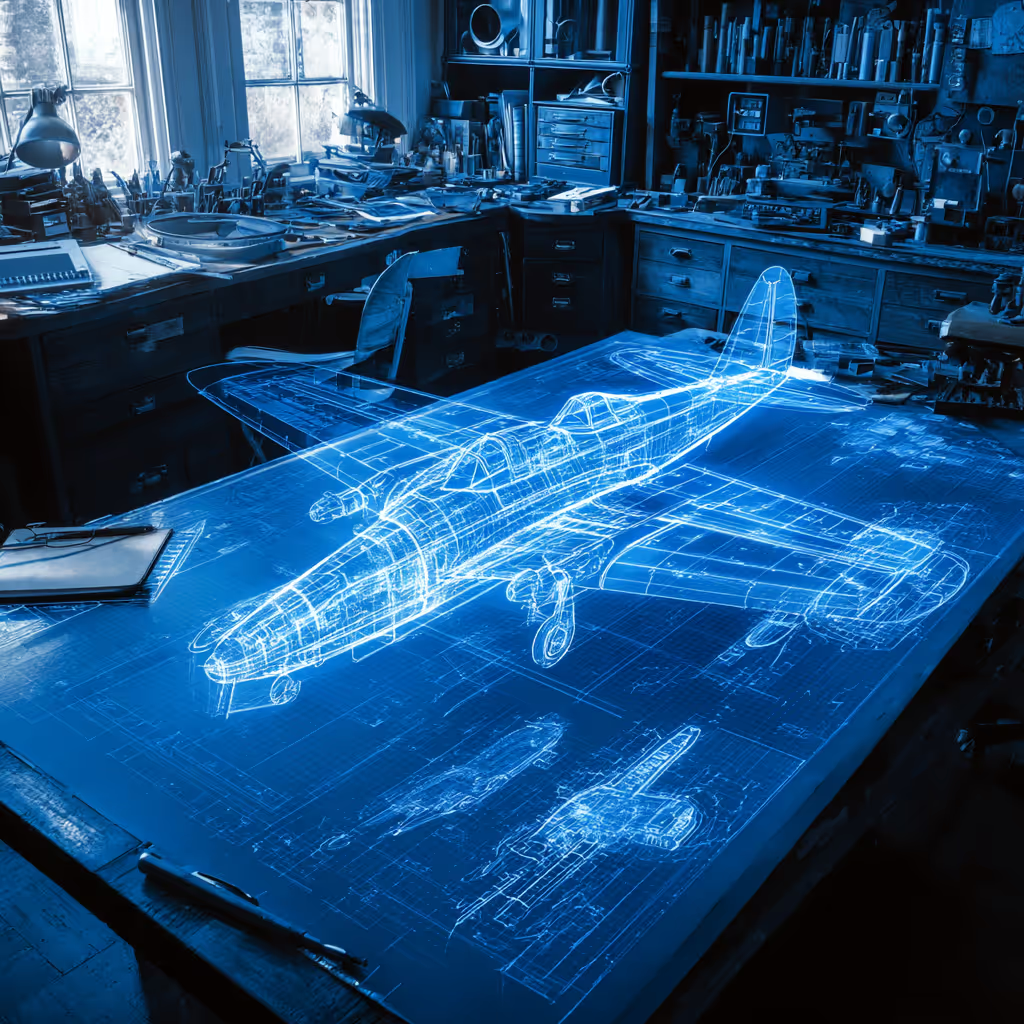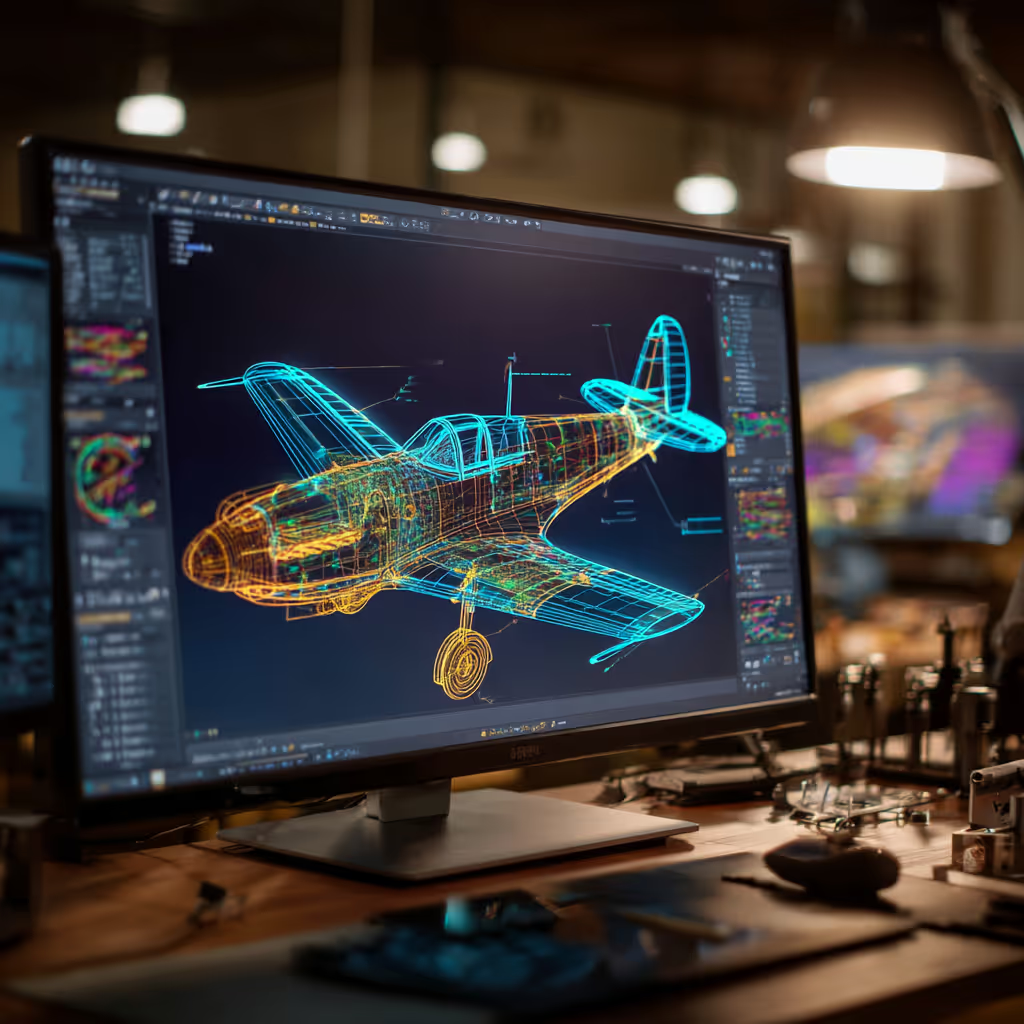The Difficulty of Converting Scanned Images to CAD Files
People don’t realize how difficult it is to convert a scanned image into a CAD file. In this quick guide, we’ll explain the process and show you how you can get quick and accurate CAD files.
Making a Scanned Image Is Easy
The good news is that making the initial scanned image is really easy. Well, it’s easy if you have the right tools.
At CAD/CAM Services, we only use Contex large-format plotters. Why? We’ve tried dozens of different scanners on the market, and the options from Contex are the most reliable, offer the highest quality, and they’re the fastest to use.
To scan a large engineering drawing, we simply feed it through the machine. It’s really that easy. The issue is that our scanners cost upwards of $10,000 each, and they have a bit of a learning curve with them.
Specifically, we had to learn the best and quickest way to scan images and digitize them without losing information or sacrificing the final quality of the file. Needless to say, we know the best practices now.
The Raster to Vector Conversion Is Tricky
Now that you have the scanned image, you can open it on your computer. You can even import it into your favorite CAD program, but there’s a big issue. What you’re looking at is actually a collection of pixels, not lines.
As you might know, AutoCAD needs lines, or vectors, to do anything. Vectors are lines that have direction and length, and they take up space in 2-dimensional space. If you have three vectors all touching, then you have a triangle that’s closed and can be extruded.
If you have a scanned image, or what’s called a “raster image”, you can’t extrude. You can’t do anything with it on CAD. Even worse, the conversion from a raster image to a full vectorized part isn’t easy. At all.
There are programs that claim to automatically convert your raster images to vectorized files, but you can’t trust them. They don’t do a great job, and they can easily steal your information and sell your drawings to your competitors.
How We Deal with Raster to Vector Conversion
Our big claim to fame is our CAD Perfect drawings — everything that leaves our door is high-quality and accurate. That’s the reason we’ve been in business for decades.
How do we do that? We do all of our conversions by hand. Our engineers will sit at the computer and manually redraw the picture that was scanned. If we trace the image, then the final part won’t be in a 1:1 scale and you won’t be able to use it. So, we take the time to do it the right way without any shortcuts or cheat codes.
It typically involves an engineer keeping your scanned image on one screen while they create a fresh CAD drawing on another screen. They’ll use the dimensions and features from your image to create the model, to ensure everything is perfect.
Before we send the drawing to you, we’ll go through a series of internal checks and peer reviews to ensure the part is CAD Perfect. Then, we send the CAD file to you. We have engineers work around the clock to make sure you get your drawings as fast as possible. That’s just one way that CAD/CAM Services is different from our competitors.
Conclusion
As you can see, there’s no easy way to convert a scanned image into a CAD file. If you want professional results, you should use CAD/CAM Services.
Our expert engineers are here to help. We’ve done a lot of conversions over the decades. Reach out today for a free quote.
Recent Posts


Tips for Picking the Perfect 3D CAD Viewer for Your Needs
This guide will teach you about 3D CAD viewers and outline considerations to make before picking the right one. We review 5 options and pick a clear winner.

In this guide, you’ll learn how CAD/CAM Services can save you time and money during each digitization project. Digitization can make manufacturing faster than ever before.

How to Build an Aircraft Model by Converting 3D-Scanned STL Files into Functional 3D STEP Files
This in-depth guide will teach engineers how to use 3D-scanned aircraft files and transform them into manufacturable 3D STEP files with fewer mistakes.
